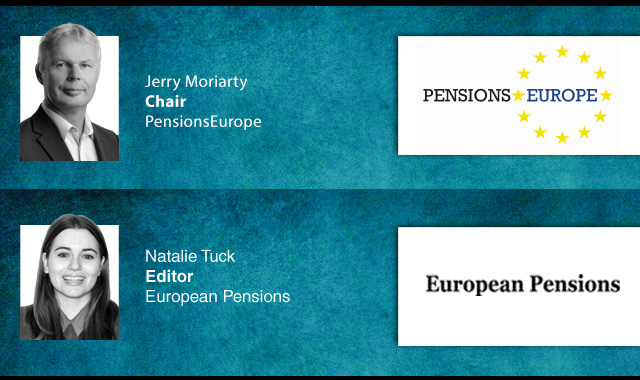Sweden’s First AP Fund (AP1) has highlighted potential operational and regulatory risks in the planned transfer of its operations and assets to the Third and Fourth AP Funds (AP3 and AP4).
The Swedish parliament passed a law in May this year to consolidate the five current buffer funds into three funds, effective from 1 January 2026.
In its formal response to the government’s interim report on the proposed transfer, AP1 chair, Eva Lindström, said the report “essentially consisted” of what has been previously outlined.
“The report also provides an accurate picture of AP1’s board's arguments regarding the distribution of unlisted assets,” she wrote.
The report confirmed that it will not be possible to transfer some assets by the end of the year, the deadline for consolidation. These, the report suggested, should instead be managed separately by AP4 until a transfer or liquidation can be carried out.
However, AP1 stated that if this separate management becomes extensive or prolonged, or if assets need to be moved between separate management and the receiving funds, issues concerning conflicts of interest, liability, and investment regulations could arise.
The fund also noted that, under the current framework, the same conflict-of-interest rule applies to separate management as to other AP funds. AP4’s board could therefore face uncertainty in interpreting and applying these rules, particularly when transferring assets, meeting commitments to unlisted holdings, or using AP4 resources for ongoing management activities.
The interim report proposed dividing responsibility between the boards of AP3 and AP4 for assets in separate management. AP1 observed that this proposal might require amendments to the transitional provisions to ensure legal clarity.
AP1’s unlisted assets total SEK 108bn, of which SEK 47bn are held in foreign currency.
The fund noted that certain investment provisions in the National Pension Insurance Funds Act (APL), such as currency hedging, return requirements and investment limits, do not apply to assets under separate management.
It warned that, given the volatility of the Swedish krona, even a short period without currency hedging could have a significant impact on returns.
Lindström concluded that if separate management becomes extensive or prolonged, further clarification may be required on how such assets are to be invested and currency hedged.
As part of the government’s plans to consolidate the AP funds, the independent AP6, which invests in private assets, will be merged into AP2, transferring its assets, operations, and expertise into the main buffer fund system.
However, the two funds are at odds over the process of integration ahead of the funds’ merger in January 2026.
Latest News
-
Pension gap and VfM dominate Europe’s consumer risk landscape
-
Europe’s pension associations welcome IORP stress test results
-
AAE identifies ‘cross-cutting challenges’ of European pension tracking service
-
I&P Denmark hails govt’s 82% climate target as ‘strong signal to the world’
-
News in brief: 19 December
-
European insurtech firm Lumera acquires Acuity for undisclosed amount
Podcast: Stepping up to the challenge

In the latest European Pensions podcast, Natalie Tuck talks to PensionsEurope chair, Jerry Moriarty, about his new role and the European pension policy agenda
Podcast: The benefits of private equity in pension fund portfolios

The outbreak of the Covid-19 pandemic, in which stock markets have seen increased volatility, combined with global low interest rates has led to alternative asset classes rising in popularity. Private equity is one of the top runners in this category, and for good reason.
In this podcast, Munich Private Equity Partners Managing Director, Christopher Bär, chats to European Pensions Editor, Natalie Tuck, about the benefits private equity investments can bring to pension fund portfolios and the best approach to take.
In this podcast, Munich Private Equity Partners Managing Director, Christopher Bär, chats to European Pensions Editor, Natalie Tuck, about the benefits private equity investments can bring to pension fund portfolios and the best approach to take.
Mitigating risk
BNP Paribas Asset Management’s head of pension solutions, Julien Halfon, discusses equity hedging with Laura Blows
© 2019 Perspective Publishing Privacy & Cookies





Recent Stories